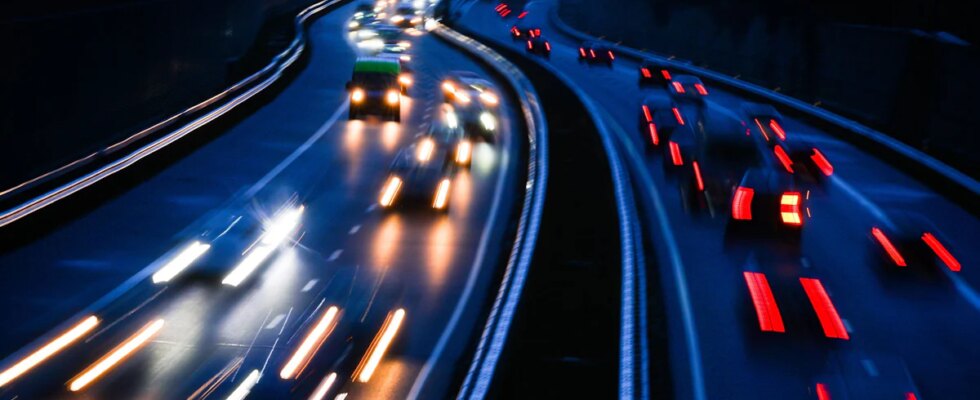According to an analysis, autonomous vehicles are less likely to cause accidents in most situations than those driven by humans. But there are exceptions: At dusk and when turning, accidents with an automated vehicle are significantly more likely. US researchers write in the journal Nature Communications.
Mohamed Abdel-Aty and Shengxuan Ding from the University of Central Florida in Orlando evaluated the circumstances of more than 37,000 accidents. 2,100 of these involved highly or partially automated vehicles – in partially automated cars, someone always has to sit behind the wheel and control the assistance systems. The study authors write that there has been progress in autonomous vehicles in terms of safety. However, the exact differences between autonomous and human-driven vehicles in terms of accident risk are largely unclear because there is still little accident data on autonomous vehicles.
Humans caused rear-end collisions far more often than autonomous vehicles
The researchers collected information on accidents involving autonomous vehicles from several American databases and compared them with more than 35,000 accidents involving vehicles with human drivers. A good 15 percent of accidents involving human drivers involved pedestrians, while the figure for autonomous vehicles was only three percent. In almost 20 percent of accidents involving people, inattention or poor driving behavior was evident beforehand.
On the other hand, 5.5 percent of accidents involving autonomous vehicles occurred in construction zones or in connection with specific incidents, such as accidents involving other road users. For human drivers, this rate was just over one percent. In rear-end collisions, 79 percent were caused by vehicles driven by humans. And when autonomous vehicles were the cause, in almost three quarters of the cases (72 percent) they were not driving in automated mode – so a human was responsible.
“We can conclude that human drivers may not react as quickly or notice the object in time to react accordingly compared to autonomous mode,” argue Abdel-Aty and Ding. In a special analysis, the researchers also took into account traffic load, weather, road surface, location of the incident and other characteristics of the accidents. From this they made predictions for the probability of accidents in certain situations.
According to the study, the probability of an accident in rain for a highly automated vehicle is only around a third of that of a vehicle driven by a human. The scientists explain this, among other things, by the fact that radar sensors enable autonomous vehicles to see up to 150 meters, while humans may have to make do with a tenth of the visibility.
However, there is a noticeably higher risk of accidents with autonomous vehicles in difficult visibility conditions at dusk and when turning. At dusk, the probability of an accident is more than five times higher, and when turning it is still twice as high as with a vehicle driven by a human.
Overall, the researchers assess the accident risk posed by autonomous vehicles positively: Based on the results of the model estimation, it can be concluded “that highly automated driving systems are safer than human-driven vehicles in most scenarios due to their object detection and avoidance, precise control and better decision-making.”

